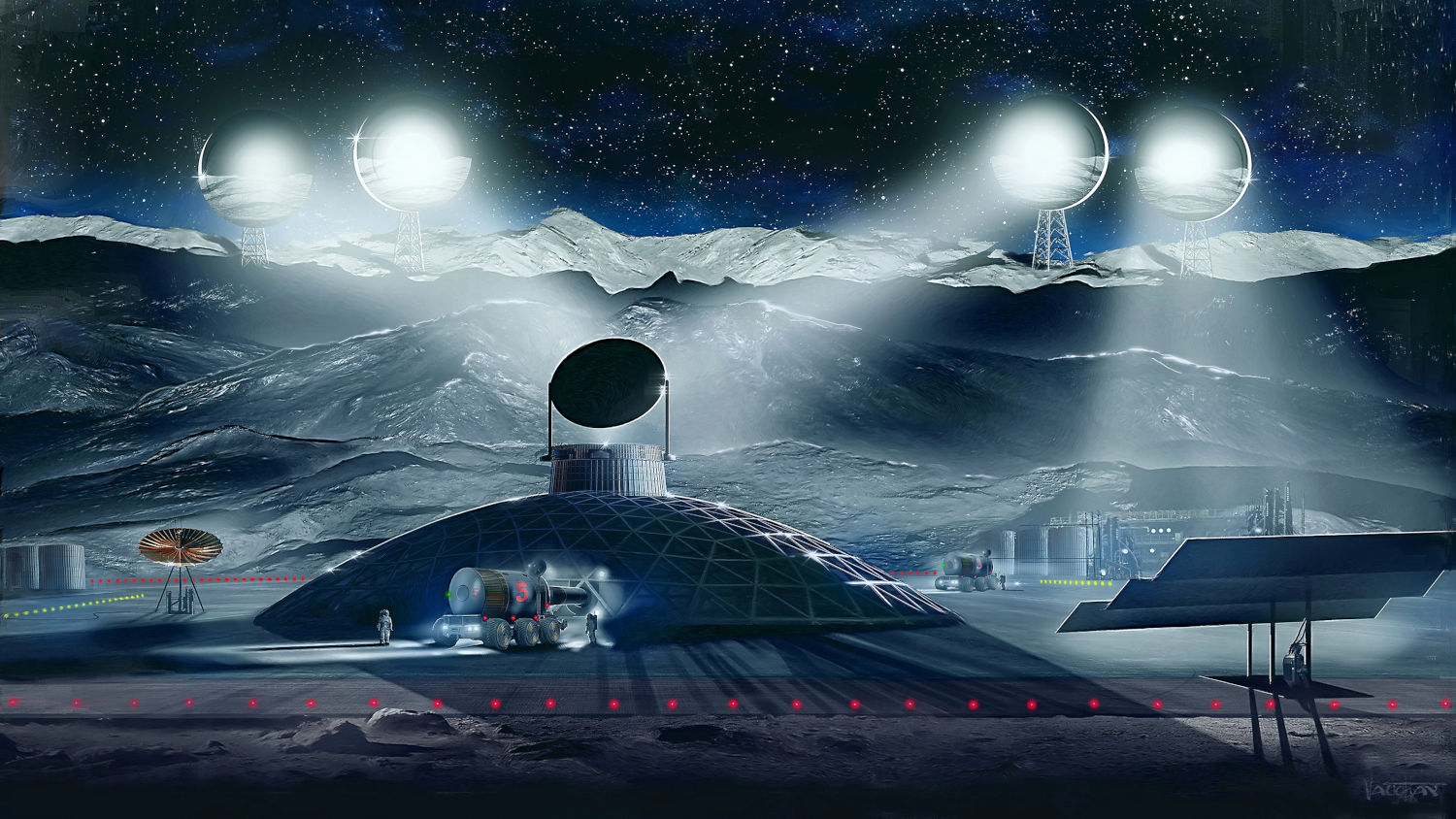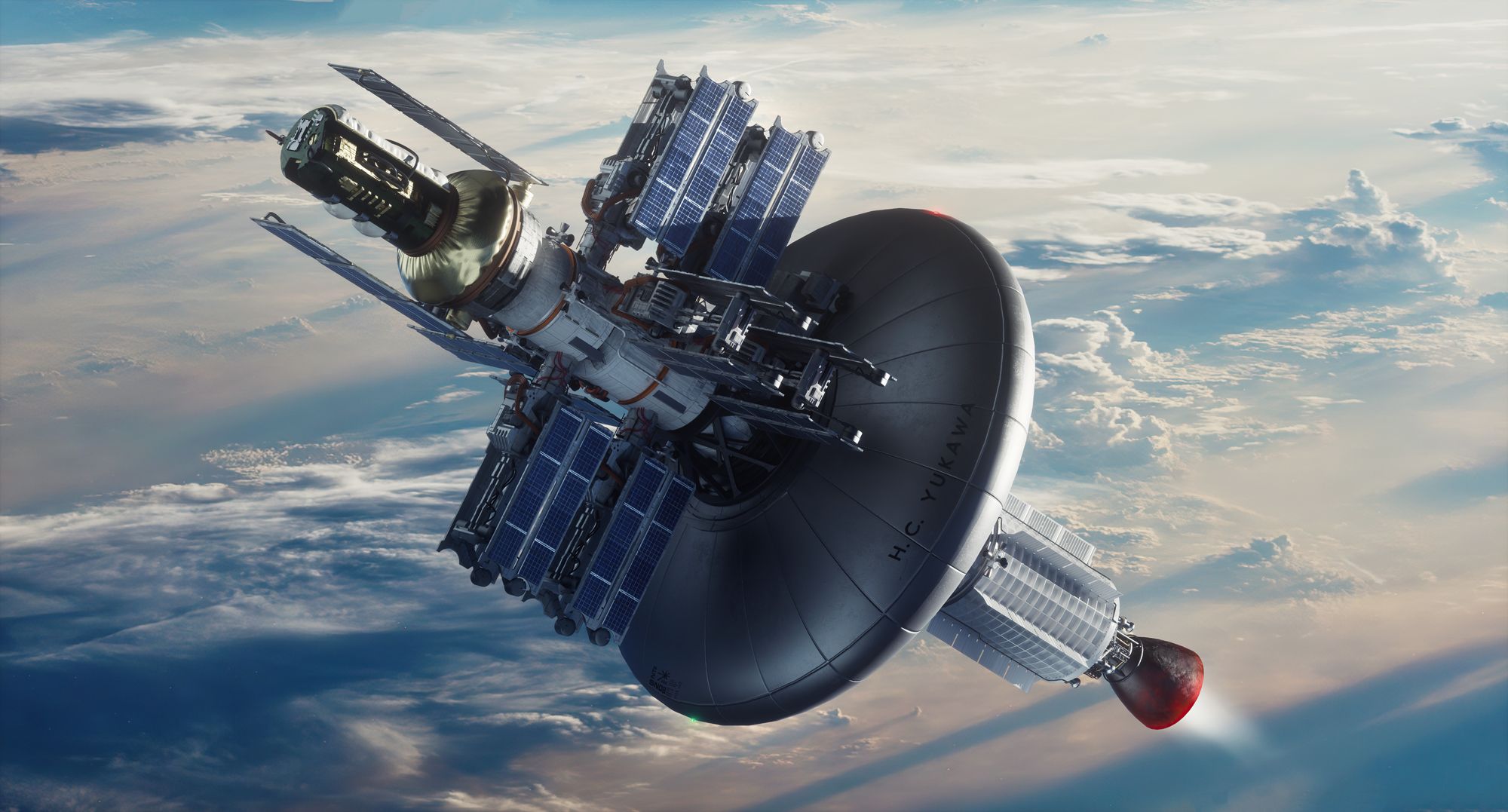How Sputnik 1 Sparked the Space Race? The launch of Sputnik 1 by the Soviet Union on October 4, 1957, was a monumental event in history, not just because it was the first artificial satellite, but because it marked the beginning of the Space Race and had profound political, technological, and scientific implications. Here’s a full breakdown of the context, motivations, and the impact of the launch:
The Context: The Cold War and the Space Race
By the late 1940s and early 1950s, the world was in the midst of the Cold War, a geopolitical struggle primarily between the United States and the Soviet Union. This competition spanned many areas, including military power, economic systems, and technological advancements. The space race was one of the key fronts in this battle for supremacy.
- The Soviets had developed significant military capabilities, including nuclear weapons, and sought to demonstrate their technological prowess to challenge the United States.
- The U.S., feeling pressure from Soviet advancements, aimed to maintain technological superiority, and space exploration was an important avenue for proving dominance.
Motivations for Launching Sputnik
There were several reasons the Soviet Union decided to launch Sputnik 1 into space:
-
Technological Superiority and Prestige: The launch of a satellite would signal Soviet technological and scientific prowess. The Soviet leadership, led by Nikita Khrushchev at the time, wanted to assert the USSR’s global power. A successful satellite launch was seen as proof of Soviet technological advancement, particularly in the new field of rocketry.
-
Military and Strategic Advantage: The Soviet Union also saw space exploration as an extension of military power. The launch of a satellite could be seen as a demonstration of their ability to launch long-range missiles capable of delivering nuclear payloads. Sputnik 1’s successful launch showed the Soviets could potentially use rockets to deliver weapons anywhere on Earth, a significant concern for the United States.
-
Scientific Exploration: While the primary motivations were political and military, the Soviet Union was also driven by the potential for scientific advancements. Space exploration promised to reveal new knowledge about the universe, including the upper atmosphere and outer space. It also had the potential for advancements in technology, particularly in areas like telecommunications, weather prediction, and satellite-based data collection.
-
Political Power and Influence: The space race was not just about technological or military superiority—it was also about ideological influence. By demonstrating success in space, the Soviets hoped to show the superiority of their system, and to gain the admiration of non-aligned countries, positioning themselves as the leaders of the global communist movement.
The Launch of Sputnik 1
On October 4, 1957, the Soviet Union successfully launched Sputnik 1, the world’s first artificial satellite, from the Baikonur Cosmodrome in Kazakhstan. It was a spherical satellite, about 58 cm (22.8 inches) in diameter, and weighed 83.6 kilograms (184 pounds). It had four external radio antennas that broadcast a simple radio signal.
Challenges and Successes
The technology to launch a satellite was extremely challenging in the 1950s. The Soviet Union had been developing rocketry technology since the 1940s under the leadership of Sergei Korolev, a leading Soviet rocket engineer. The launch vehicle for Sputnik 1 was the R-7 intercontinental ballistic missile (ICBM), which had been developed as a military missile but was repurposed for space exploration.
Key Elements of the Success:
- Rocket Technology: The R-7 rocket had the capability to carry Sputnik into orbit, marking a significant breakthrough in both military and civilian rocket technology.
- Satellite Design: Sputnik 1 was a relatively simple design. It did not carry cameras, and its only purpose was to orbit Earth and send back radio signals. However, this simplicity made it lightweight and allowed it to be launched relatively quickly.
- Radio Transmissions: Sputnik emitted a beeping radio signal, which was detectable by ground stations around the world. This signal marked the satellite’s presence in orbit and made it the first man-made object to be heard by humans outside Earth.
Impact of Sputnik’s Success
-
Global Shock: The successful launch of Sputnik was a huge shock to the United States and the rest of the world. It caught the U.S. off guard, as they had been working on their own satellite program but had not yet succeeded in launching a functional satellite. This event demonstrated the Soviet Union’s technological capabilities and their progress in missile technology, raising fears of a “missile gap” between the two superpowers.
-
The Space Race: Sputnik’s success kicked off the Space Race, a period of intense competition between the U.S. and the Soviet Union to achieve dominance in space exploration. The U.S. quickly responded by launching their own satellite, Explorer 1, on January 31, 1958.
-
U.S. Reactions: The American response to Sputnik was swift and dramatic:
- Congress passed the National Defense Education Act (NDEA) to fund science and engineering education in the U.S. to compete with the Soviets.
- NASA was created in 1958 as the U.S. space agency, replacing the previous National Advisory Committee for Aeronautics (NACA).
- The U.S. focused heavily on the development of satellite technology, culminating in the successful launch of Explorer 1 and a series of other space missions.
-
Technological and Military Development: The U.S. began ramping up its own missile and space programs. The advent of artificial satellites opened up new areas of scientific research in fields like meteorology, communications, and earth observation, while military advancements were made in ICBM technology.
-
Psychological Impact: The Soviet Union’s success with Sputnik made an indelible mark on the psyche of the American public. It symbolized the possible superiority of Soviet technology, which led to a sense of urgency in the United States. The term “Sputnik crisis” was used to describe the initial panic that Americans felt about the Soviet Union’s technological advantage.
The Aftermath: Ongoing Space Exploration
The launch of Sputnik 1 had lasting effects. It not only accelerated the pace of space exploration but also opened the door to numerous scientific achievements and space missions. Both the Soviet Union and the United States continued their efforts in space exploration, with the Soviets later achieving other milestones like the first human in space, Yuri Gagarin, in 1961, and the U.S. landing the first man on the Moon in 1969.
Final Words
The launch of Sputnik 1 was a landmark moment in history that fundamentally changed the trajectory of global politics, science, and technology. It was driven by a combination of political, military, and scientific motivations and resulted in the U.S. and the USSR engaging in a fierce competition to dominate space exploration. Its success was a turning point, marking the start of the space age and setting the stage for future advancements that would shape the modern world in ways that were unimaginable at the time.
Hormones and Health: The Key Players Behind Your Body’s Functions | Maya

:max_bytes(150000):strip_icc()/GettyImages-151541875-adcfc13d221e40e4946f571b57180f3d.jpg)



One thought on “How Sputnik 1 Sparked the Space Race”